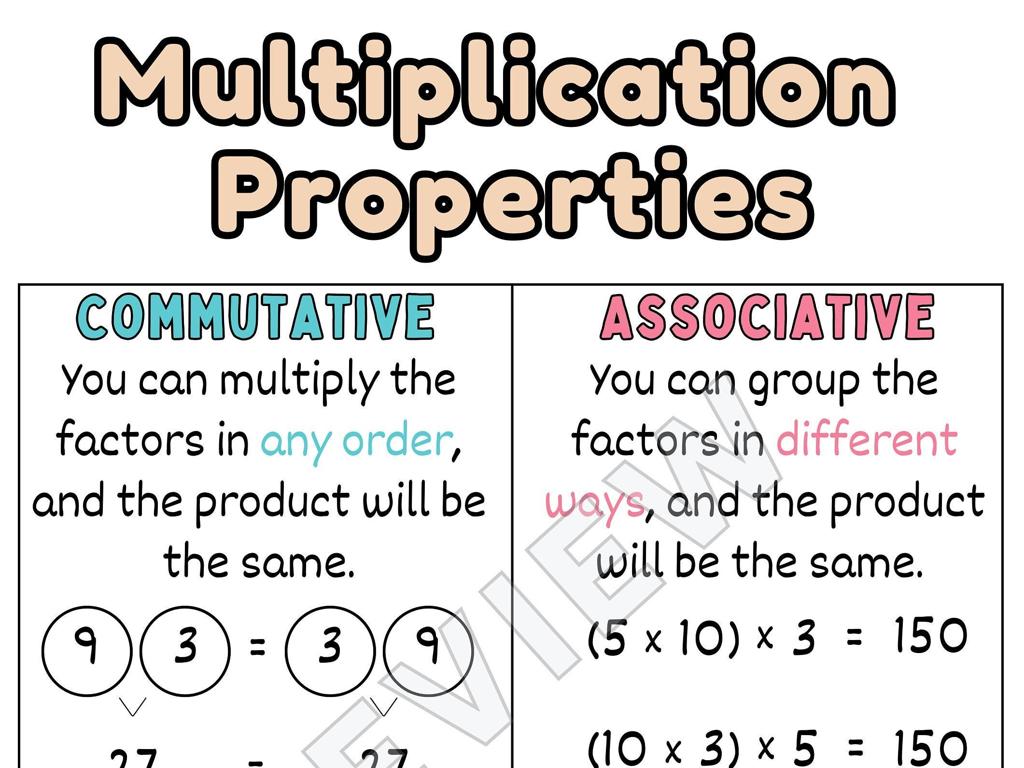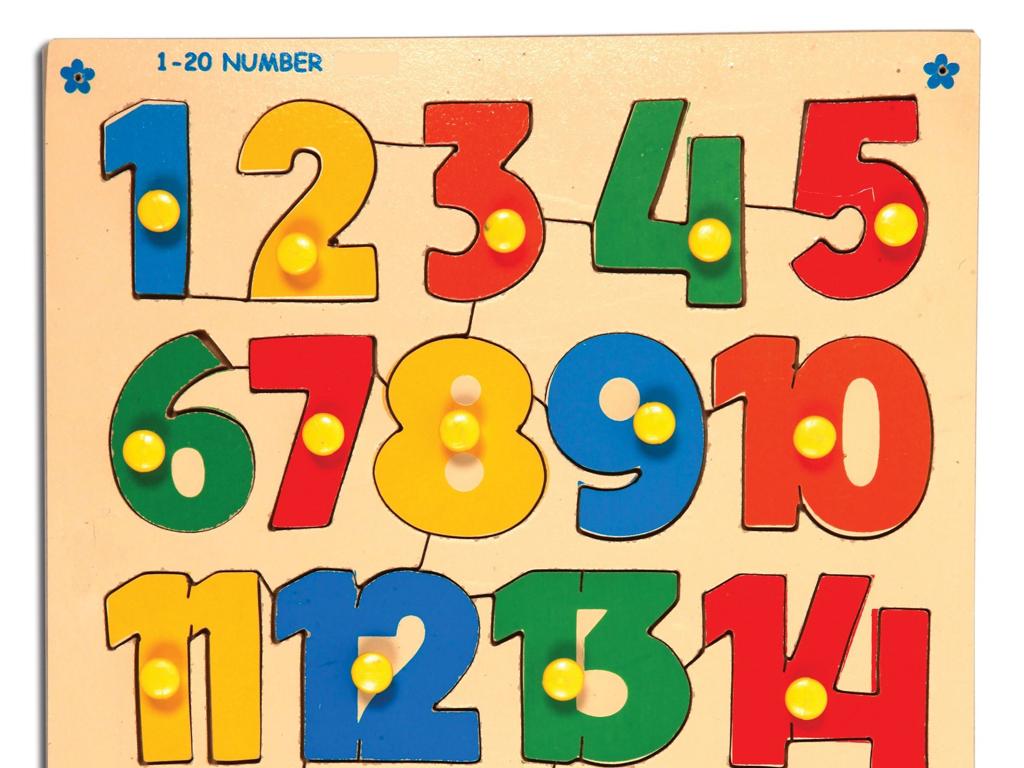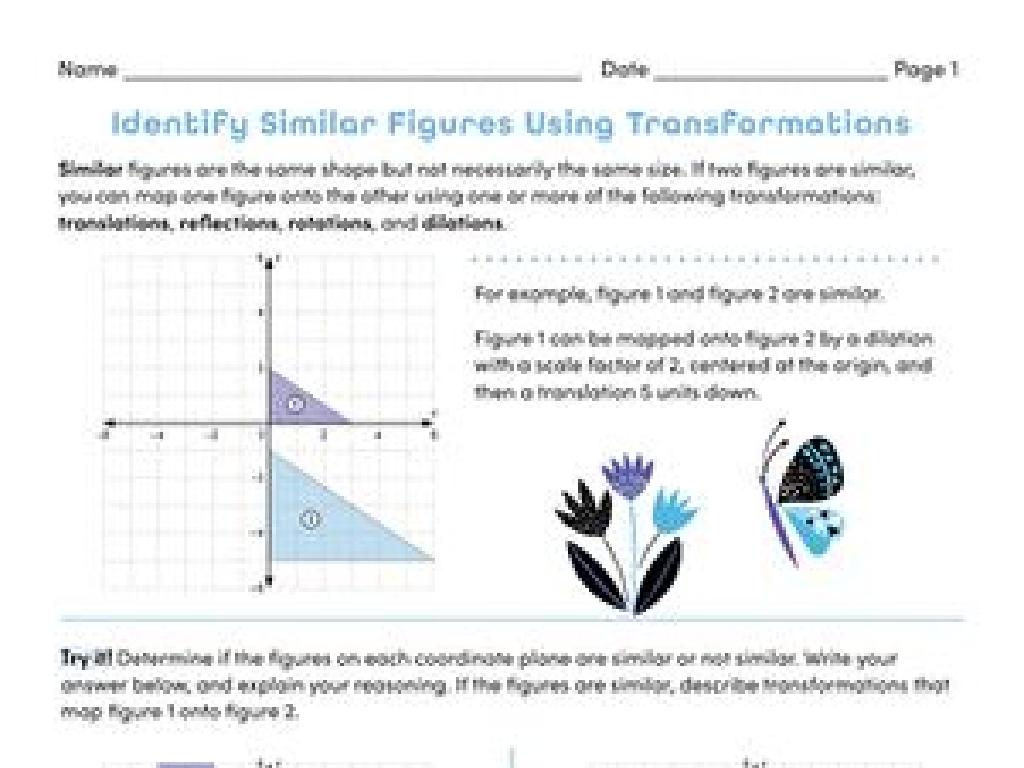Add Three Numbers - Make Ten
Subject: Math
Grade: First grade
Topic: Addition Strategies Up To 20
Please LOG IN to download the presentation. Access is available to registered users only.
View More Content
Welcome to Addition: Making Ten with Three Numbers
– Becoming addition experts today
– Adding three numbers together
– Find three numbers that add up to ten
– Making ten is our goal
– Use number pairs you know that make ten
– Practice makes perfect
– We’ll do fun activities to help us learn
|
This slide introduces first graders to the concept of adding three numbers to make ten. Start by engaging their excitement about becoming ‘addition experts.’ Explain that understanding how to combine three numbers to reach a sum of ten is a useful skill in math. Use familiar number pairs that add up to ten, such as 2+3+5 or 1+4+5, and encourage students to find their own combinations. Incorporate hands-on activities like using counters or drawing pictures to visualize the addition. The goal is to build a strong foundation for mental math and prepare them for more complex addition strategies.
Understanding Addition: Making Ten
– Addition means putting numbers together
– When we add, we combine amounts to find the total
– It’s like adding apples in a basket
– Imagine you have 3 apples, then add 2 more, now count all
– We can add three numbers to make ten
– Use fingers to add 1+2+7, 3+3+4, or 5+2+3 to reach 10
– Practice with examples to learn
|
This slide introduces the concept of addition as a way of combining numbers to find a total, which is a foundational math skill for first graders. Use relatable examples like adding apples to a basket to make the concept tangible. Emphasize that we can add more than two numbers together, and practice this by adding three numbers to make ten. This is a key strategy in developing number sense and understanding the base-ten system. Encourage students to use physical objects or their fingers to count and visualize the addition process. Provide several examples and encourage students to come up with their own combinations of three numbers that add up to ten.
Making Ten with Two Numbers
– Recall making ten with two numbers
– Find pairs that add up to ten
– Examples: 1+9, 2+8, 3+7, 4+6, 5+5
– Use pairs to make ten with three numbers
– Add a third number to the pairs to sum up to ten
– Practice with examples
– 1+2+7=10, 4+1+5=10, 3+3+4=10
|
Begin the lesson by reviewing how to make ten using two numbers. This will help reinforce the concept of number bonds. Ask the students to volunteer pairs of numbers that add up to ten and write them on the board. Then, introduce the idea of adding a third number to these pairs to still make ten, emphasizing the concept of addition strategies up to 20. Provide several examples and encourage students to come up with their own. This activity will prepare them for more complex addition problems and enhance their mental math skills.
Adding Three Numbers to Make Ten
– Start with three numbers
– Find a pair that makes ten
– Like 3 + 5 in our example
– Add the third number to ten
– After making ten, add the last number
– Example: 2 + 3 + 5
– 3 + 5 = 10, then 10 + 2 = 12
|
This slide introduces the concept of adding three numbers together with a focus on making ten as an intermediate step. It’s a strategy that helps simplify addition by creating an easy-to-remember benchmark number (ten). Start by explaining that when faced with three numbers, they should look for two numbers that add up to ten. Once they find that pair, they can easily add the remaining number to ten to find the total sum. Use the example provided to illustrate this concept. Encourage students to practice with different sets of numbers and to share their strategies for finding pairs that make ten. This will help them build a strong foundation for mental math and addition strategies.
Your Turn to Make Ten!
– Choose any three numbers
– Try to make a total of ten
– Find a pair that makes ten
– Can 7 and 3 be friends to make 10?
– Practice makes perfect
– Keep trying with different numbers!
|
This slide is an interactive activity for students to practice the concept of making ten with three numbers. Encourage the students to think of the number 10 as a goal and to find pairs of numbers that work together to reach that goal. For example, if a student picks 2, 5, and 3, they should identify that 2 and 3 can be added to make 5, and then add the remaining 5 to make 10. This activity helps to reinforce the concept of addition and the importance of number bonds. Provide several examples and encourage students to try different combinations. This hands-on activity will help solidify their understanding of making ten and prepare them for more complex addition problems.
Fun with Addition: Making Ten
– Learn addition with games
– Use blocks for easy counting
– Stack blocks to count 3+3+4
– Draw pictures to visualize
– Draw apples to add 2+3+5
– Practice adding up to ten
|
This slide is designed to introduce first graders to the concept of adding three numbers to make ten using interactive and visual methods. By incorporating games, students can engage with the material in a fun and memorable way. Using blocks allows children to physically manipulate objects to better understand the concept of addition. Drawing is another powerful tool that helps students visualize the process of adding numbers together. Encourage students to use these methods to practice adding different combinations of numbers that equal ten. During the activity, walk around the classroom to assist and ensure that students are grasping the concept. Prepare to offer guidance and praise their efforts to foster a positive learning environment.
Class Activity: Addition Bingo
– Let’s play Addition Bingo!
– Shout ‘Bingo!’ when you make ten
– Show your friends your number
– Use your bingo card to add up to ten
– Everyone gets a turn
|
This interactive class activity is designed to help first graders practice adding three numbers together to make ten. Provide each student with a bingo card that has different combinations of three numbers that add up to ten. As you call out numbers, students will look for number combinations on their cards that add up to ten. When a student finds a combination, they shout ‘Bingo!’ and show their card to the class. This activity not only reinforces addition skills but also encourages participation and excitement about math. Possible variations include using manipulatives like counters or beans to represent the numbers, pairing students to work together, or having students create their own bingo cards with their choice of number combinations.
Review: Adding Three Numbers to Make Ten
– Recap: Adding three numbers
– Making ten first is helpful
– It simplifies the addition process
– Praise for today’s effort
– Encourage home practice
– Use toys or snacks to practice
|
This slide is meant to wrap up the lesson on adding three numbers with a focus on making ten first. Start by reviewing the key points of the lesson, ensuring that students understand the concept of combining numbers to reach ten and then adding the remaining number. Emphasize the strategy of making ten first as it simplifies the addition process and is a foundational skill in mental math. Congratulate the students on their hard work during the lesson and encourage them to continue practicing at home, suggesting they use everyday items like toys or snacks to make the activity more engaging. This will help reinforce the day’s learning and build their confidence in using this strategy.






